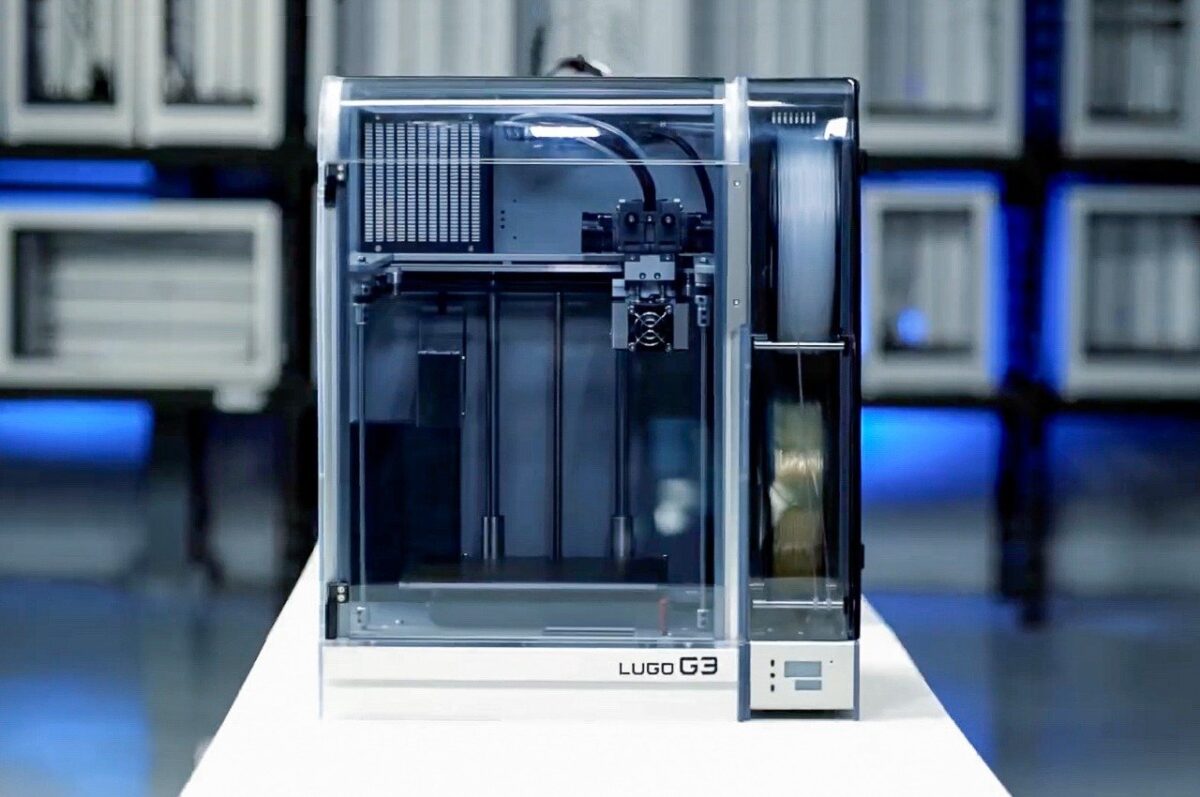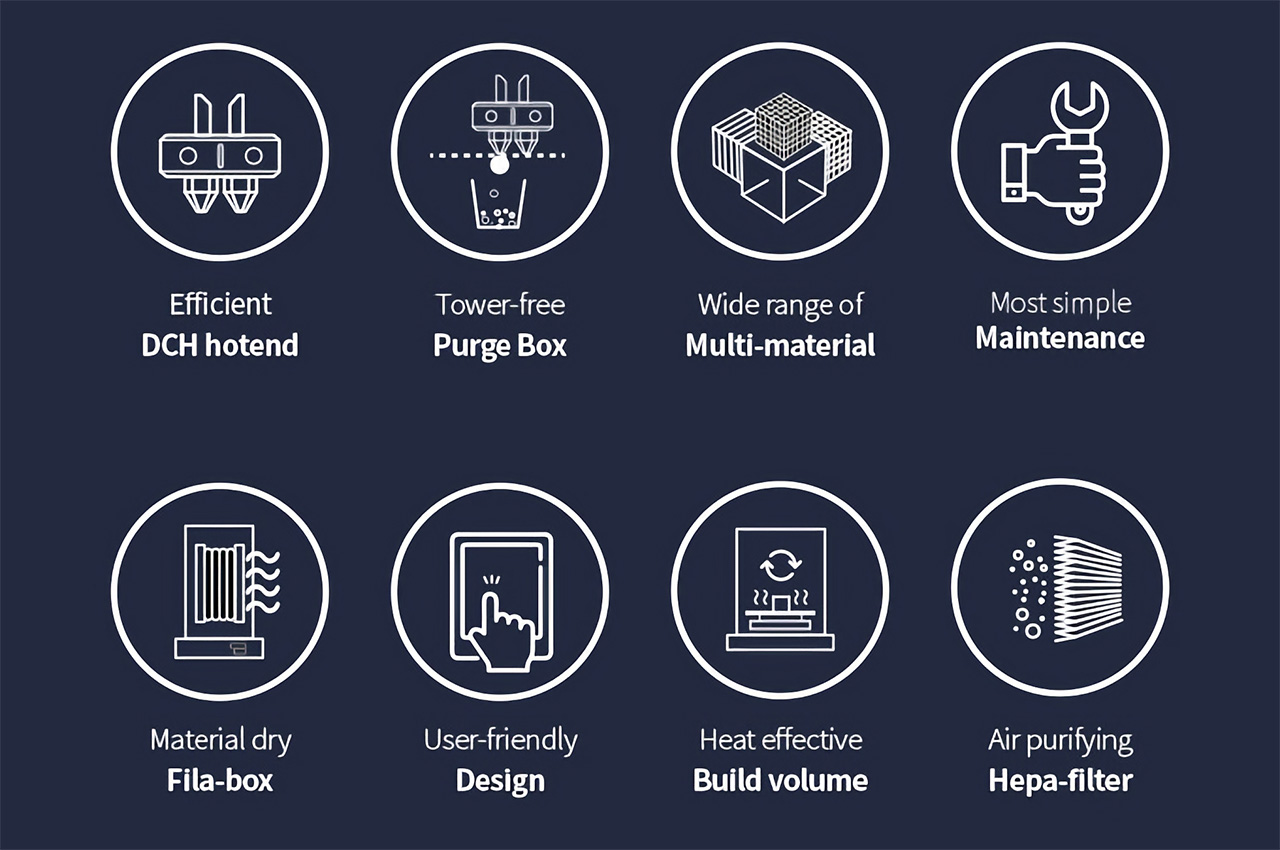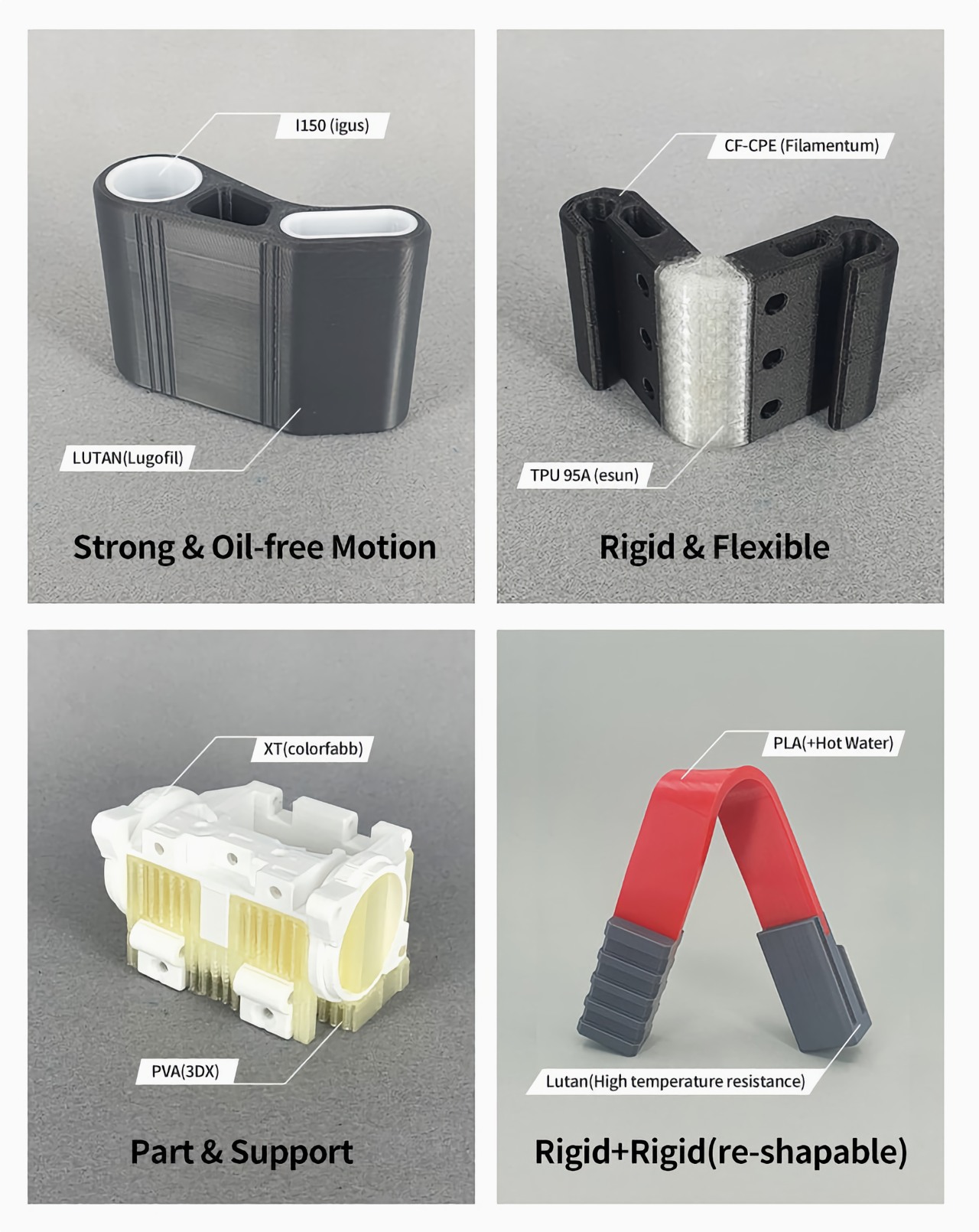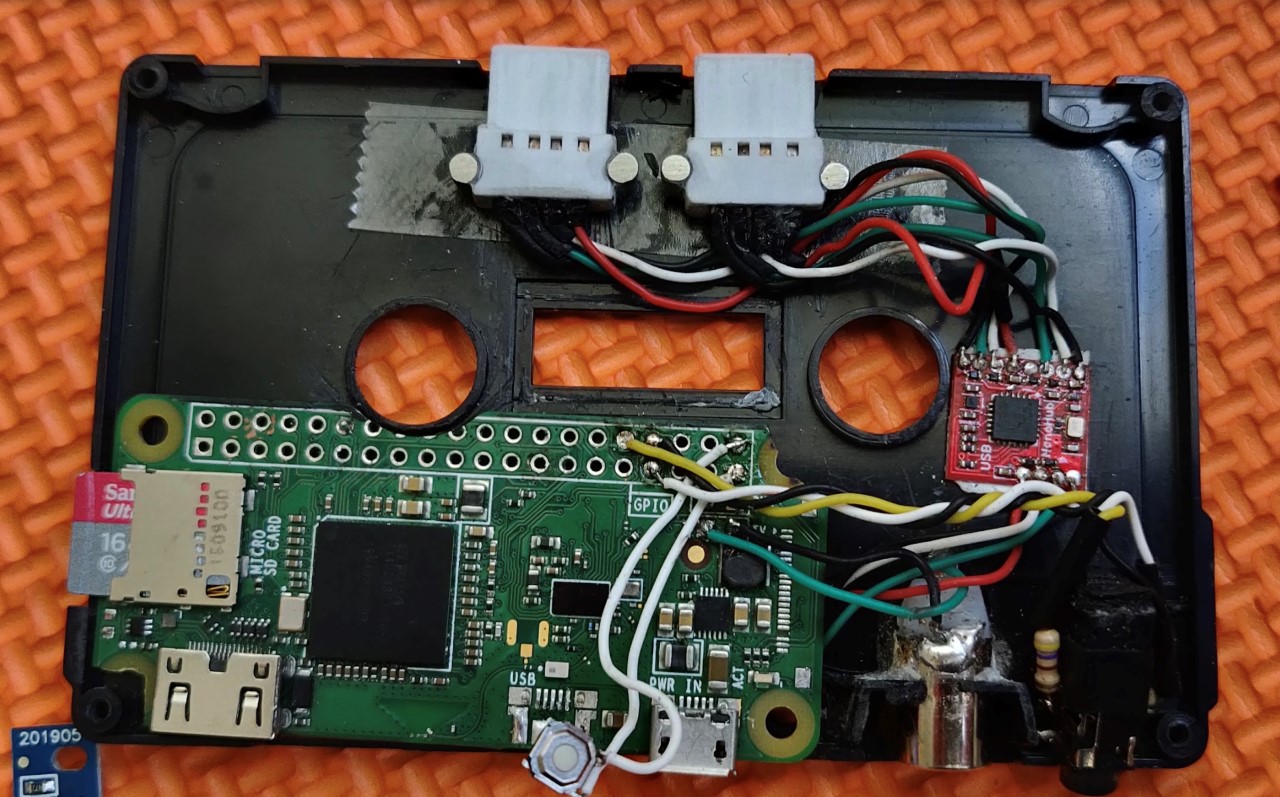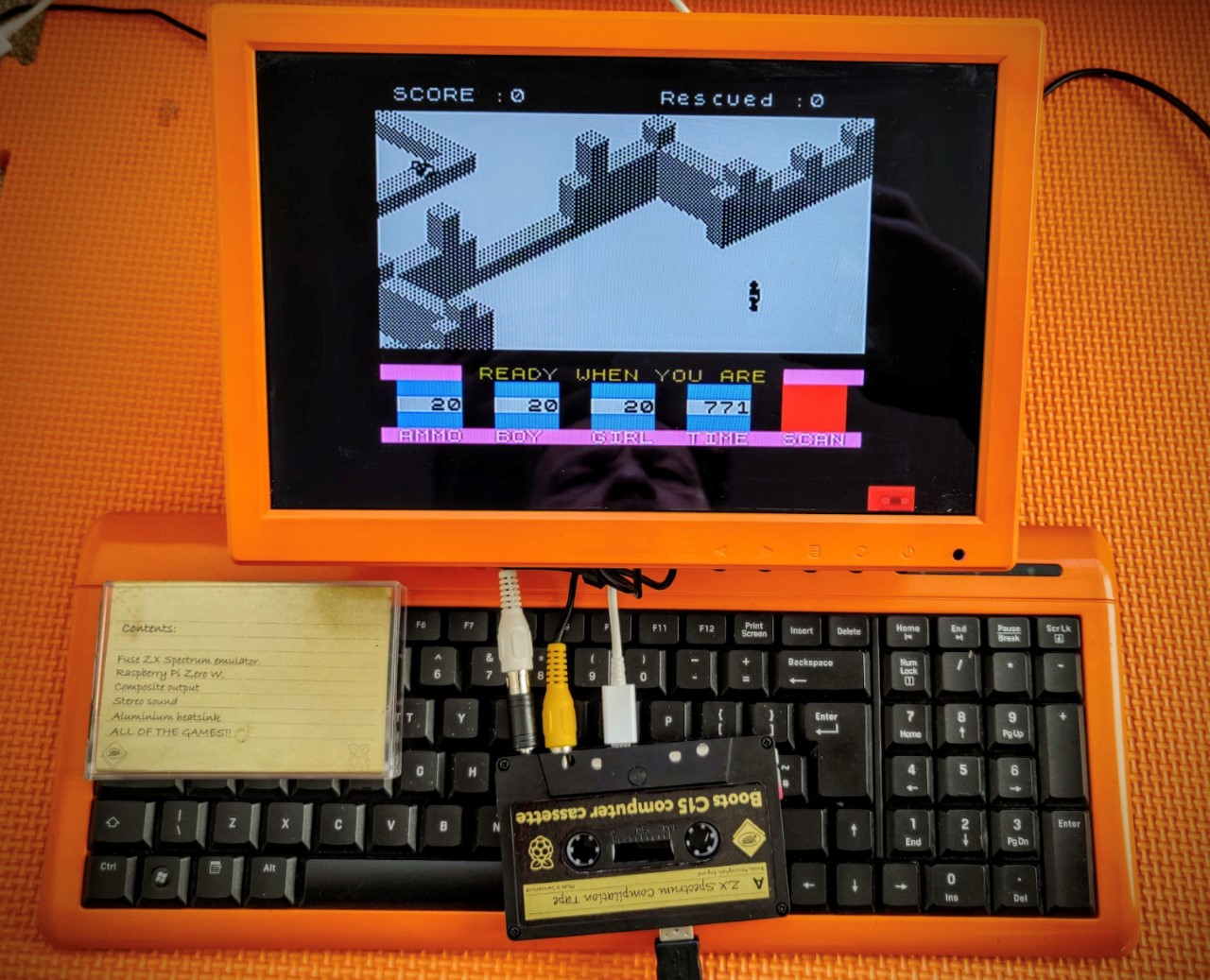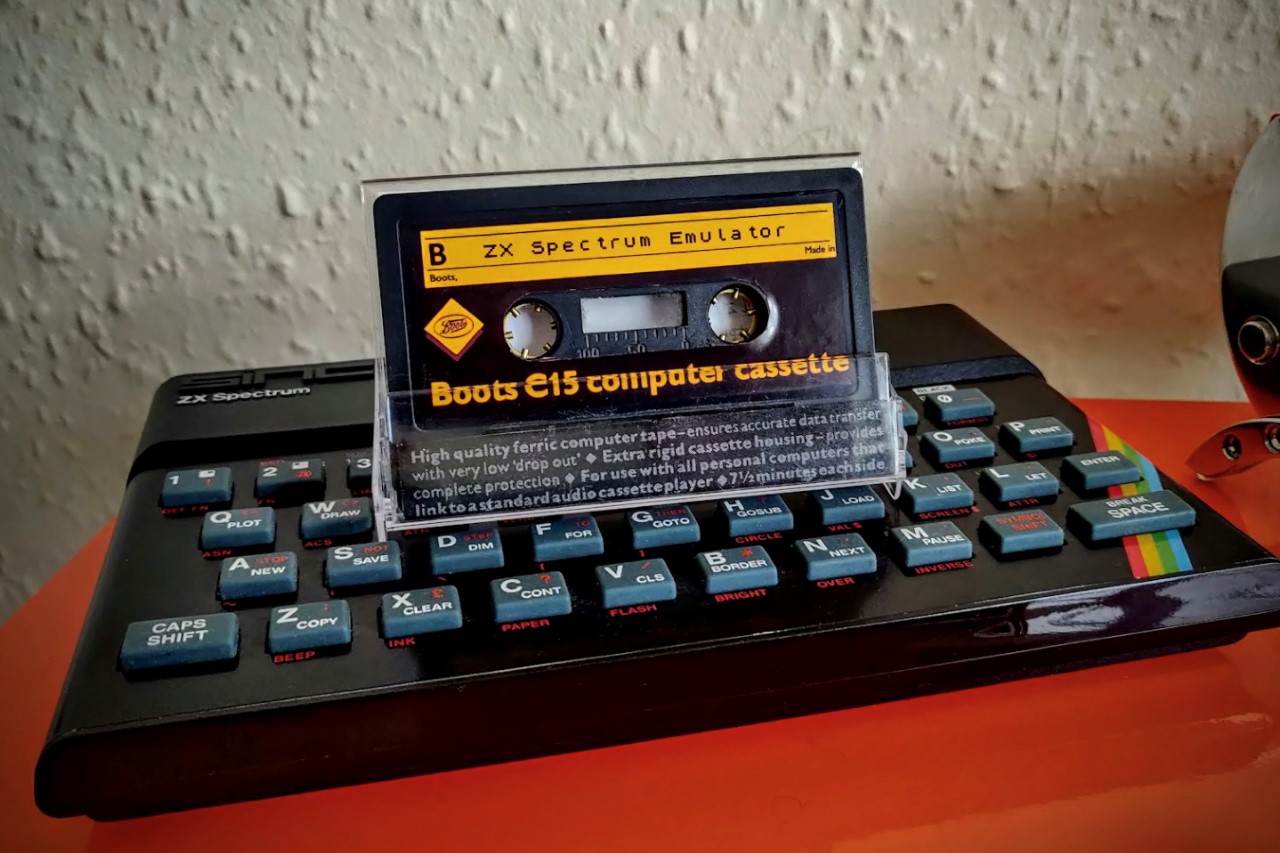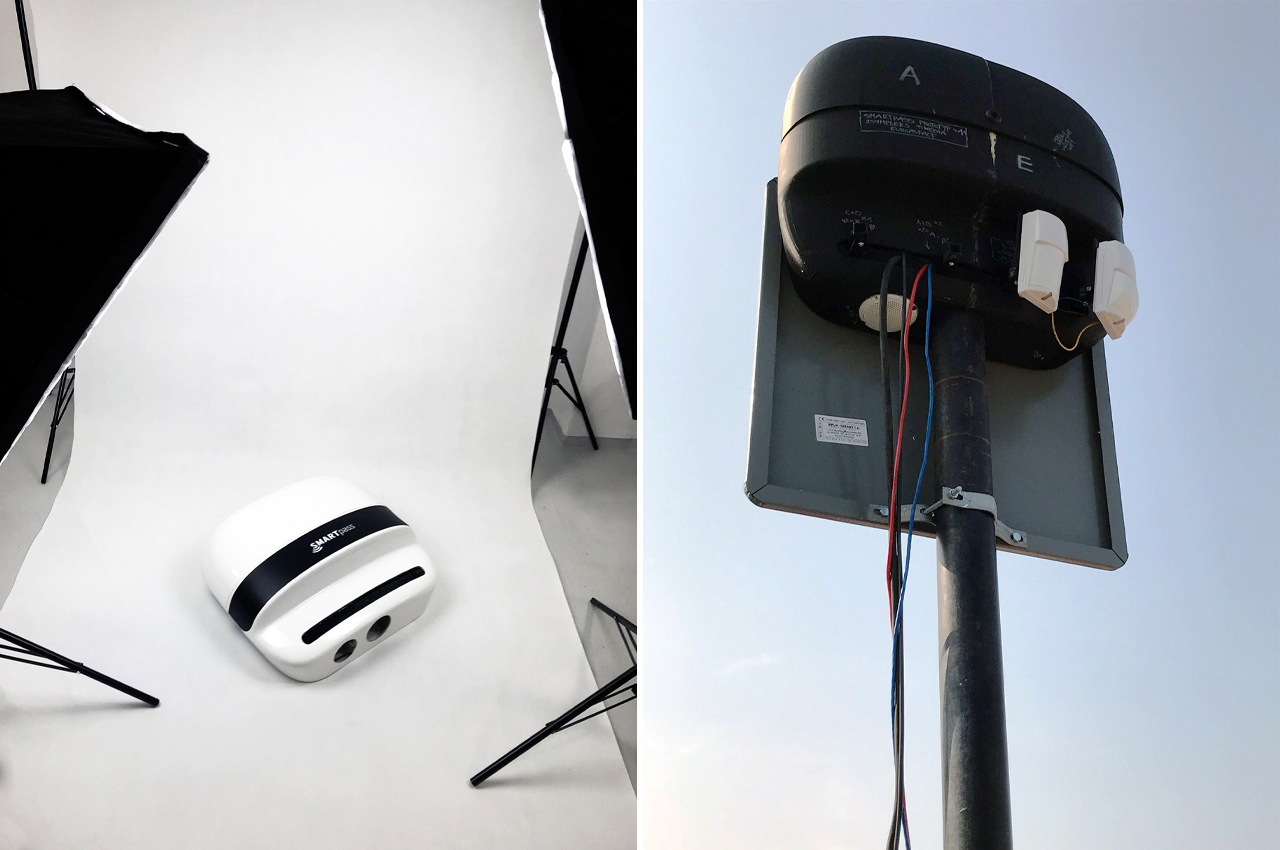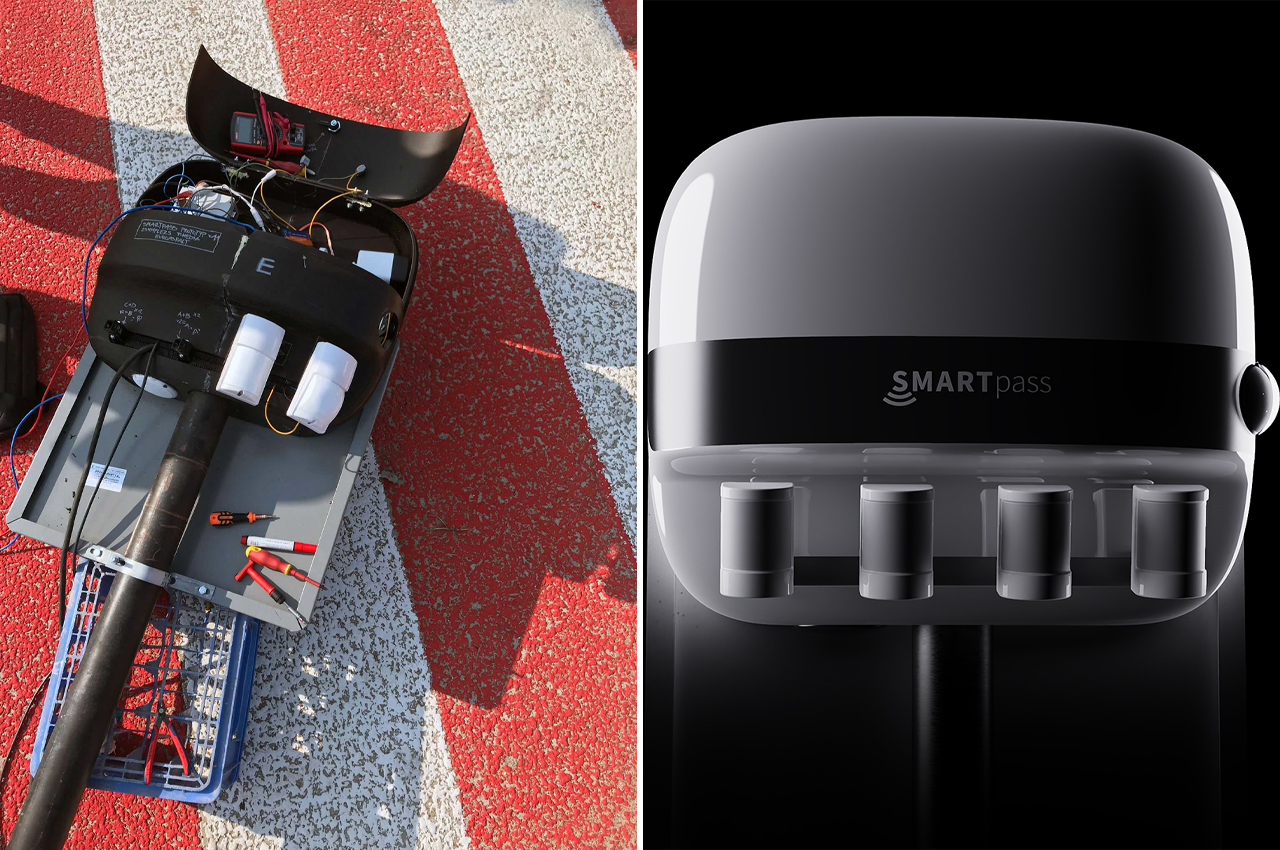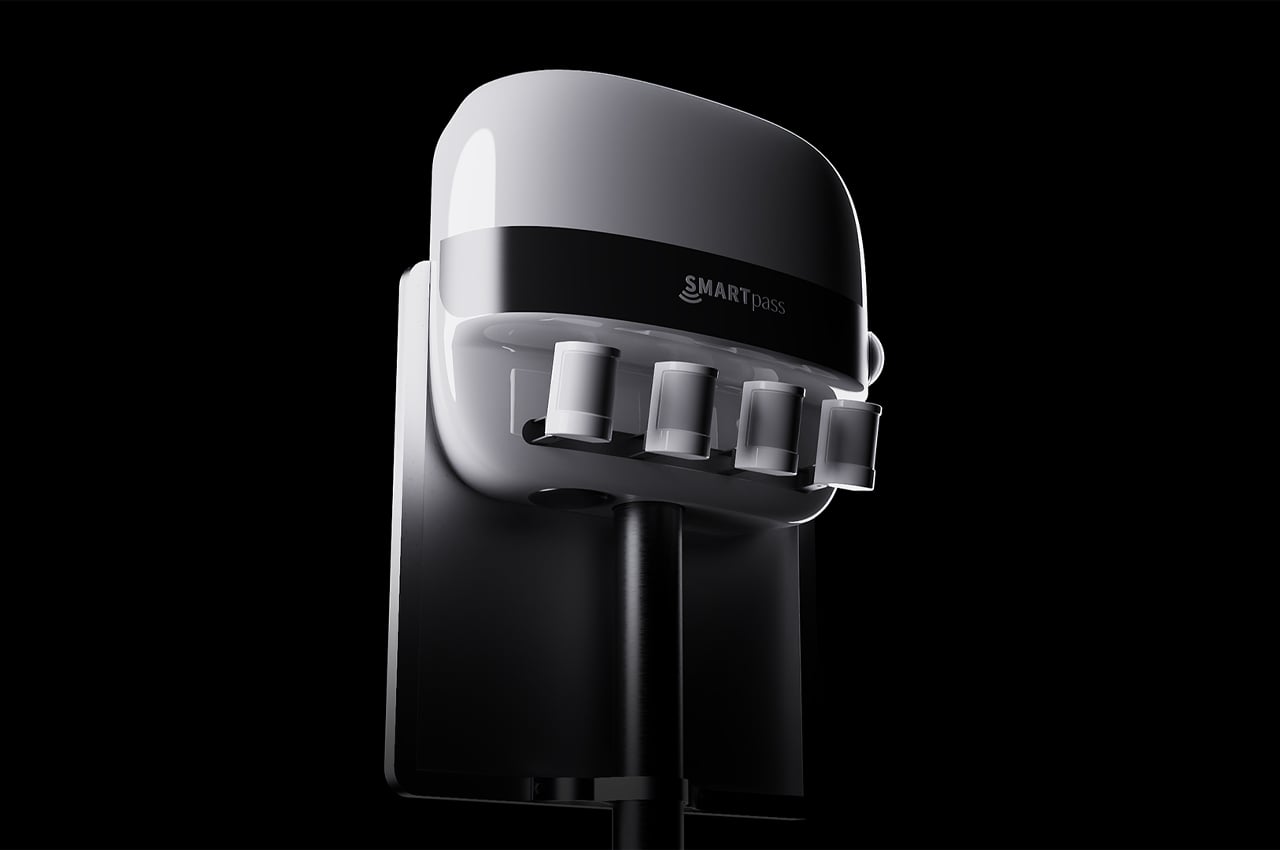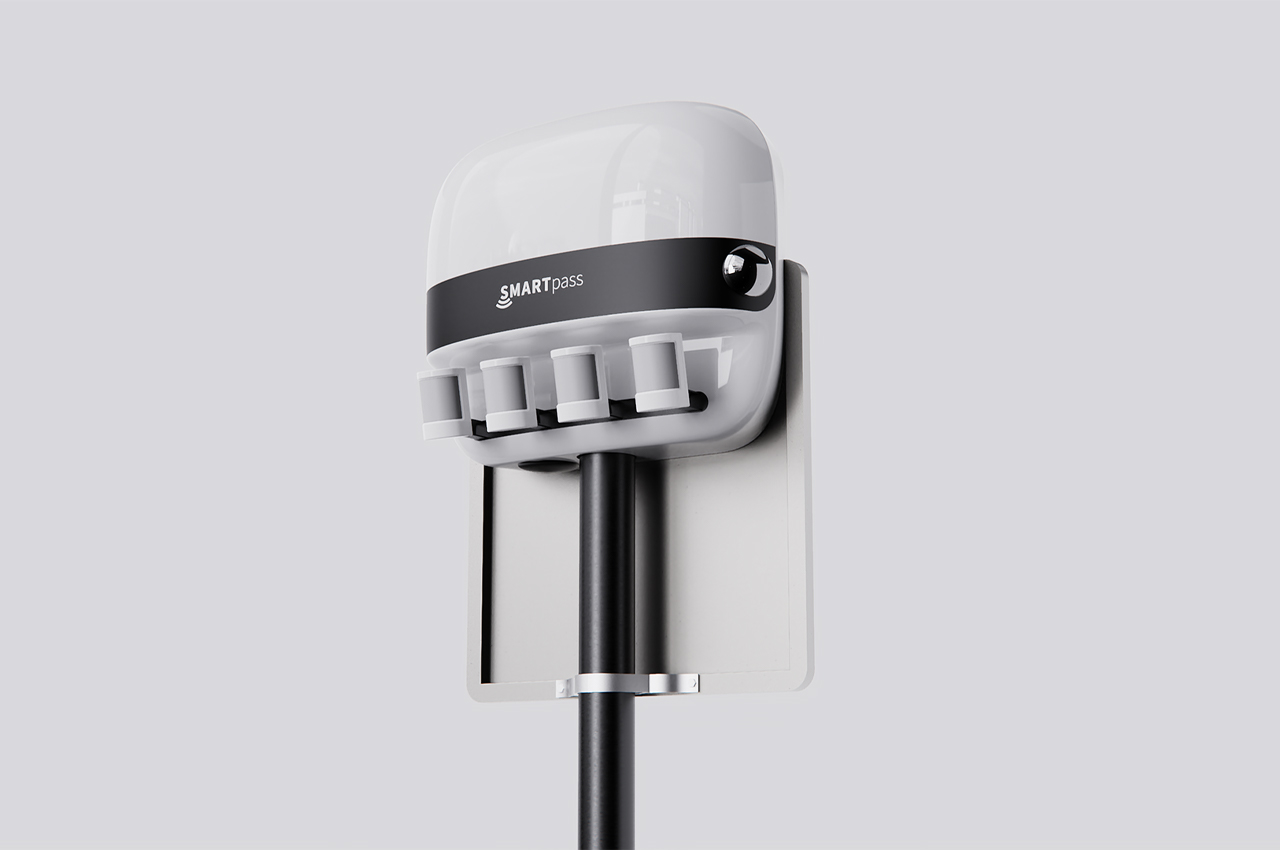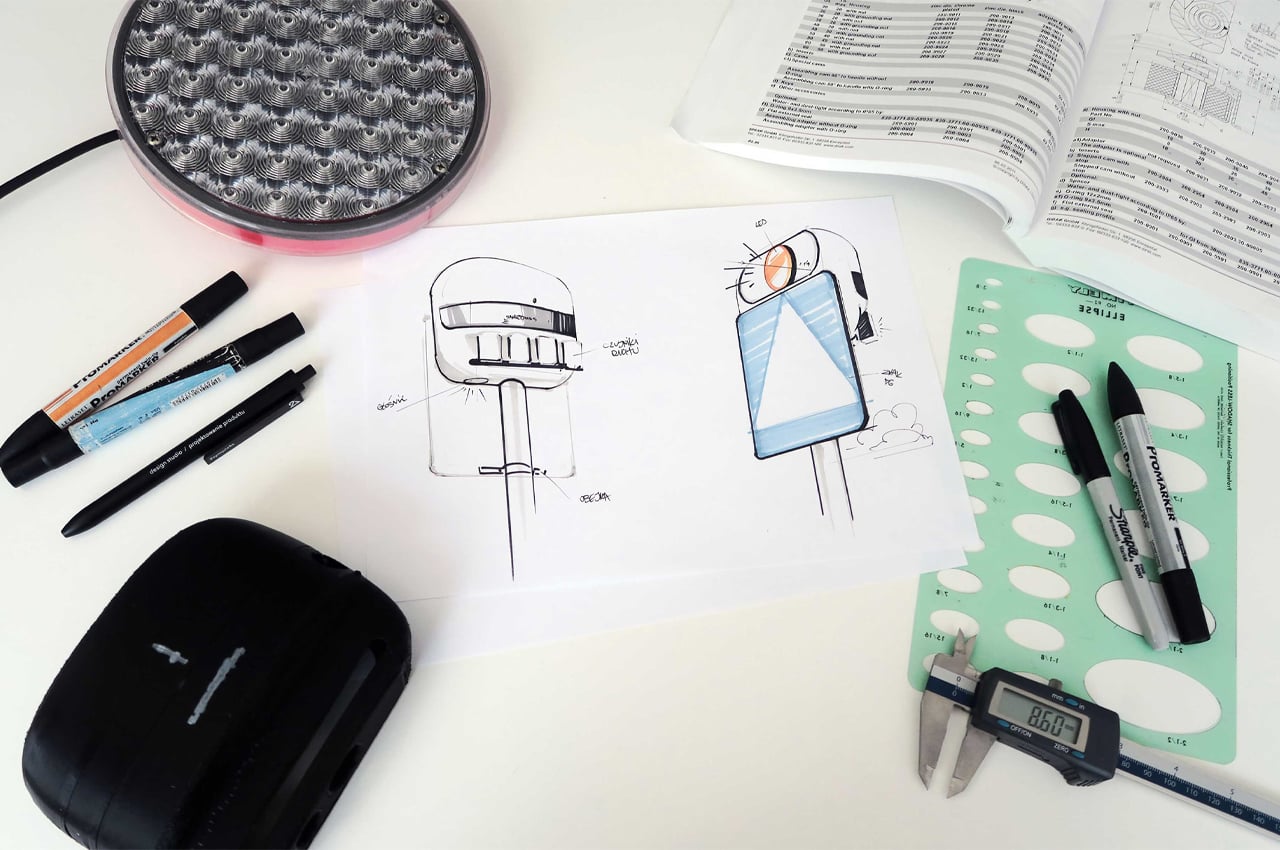3D printers have already introduced a whole new world of creativity, but this new printer breaks the gates wide open thanks to its dual-wielding innovations.
It’s almost inconceivable today how there was a time when hobbyists and modders could only dream of projects that required access to expensive and professional production pipelines, which practically translated to the word “impossible.” 3D printers democratized the process of creating parts, whole chassis, or even food, depending on the material used. Most 3D printers, however, have so far been limited to using one kind of material at a time, which means creators have to spend more time printing each piece separately and then assembling them afterward. Although dual extruder printers exist, they are not easily accessible or convenient. LUGOLABS makes that a thing of the past, and its new LUGO G3 is giving dual 3D printers a unique spin, making it easier to work with two different materials simultaneously to reduce production time and assembly work.
Designer: LUGOLABS
Click Here to Buy Now: $1679 $2399 (30% off). Hurry, for a limited time only.
3D printers had come a long way since the early days when most were limited to either using ABS or PLA materials. There’s a wide variety of options these days, including glass fiber reinforced and oil-free, but most 3D printers are still limited to working with one material at a time. This means that you will have to switch filaments whenever you want to change materials, so you’ll have to do extra work to batch prints of the same material together. This also means that you will have to assemble pieces that shouldn’t have been assembled.

The combination of DCH head and purge-box in LUGO G3 enables multiple parts to combine into a single product in one process.
The LUGO G3 is part of a breed of 3D printers that can actually print a single piece that’s made from two different materials. You can print a single piece that is made from two different materials. This gives creators the freedom to print more complex structures and parts compared to regular 3D printers. These dual-wielding 3D printers are nothing new, of course, but most of them have been out of reach for most hobbyists and creators, either because of their complexity or because of their price.
What makes the LUGO G3 special is how it makes dual extruders more convenient and more enjoyable to use. It is precisely calibrated, eliminating any worries of having gaps or overlaps. The temperature of each nozzle can be adjusted separately so that it is easier to work on materials with different requirements. Even more, LUGOLABS developed its own material, Lutan. It is made of a PBT copolymer, which makes it easy to print, but also strong, and not like traditional PLA.
The LUGO G3 also has other features that help make the user’s life easier, like a double-sided spring plate bed and swappable nozzles that can work with different kinds of material. The printer also has a high-efficiency H13 HEPA filter to keep harmful gas byproducts away from you and your family. LUGOLABS has taken the existing concept of dual 3D printers and leveled it up, making the system more affordable and more comfortable to use. With its one-of-a-kind DCH Head and an assortment of innovative features, the LUGO G3 Dual Extruder 3D Printer breaks through the barriers of dual 3D printing to help creative minds turn their ideas and dreams into reality.
Click Here to Buy Now: $1679 $2399 (30% off). Grab your discount now, as stocks are limited.
